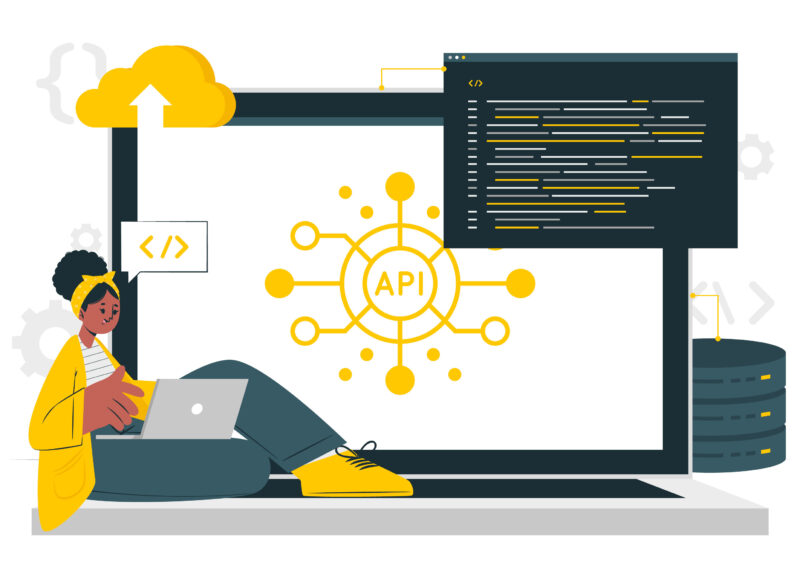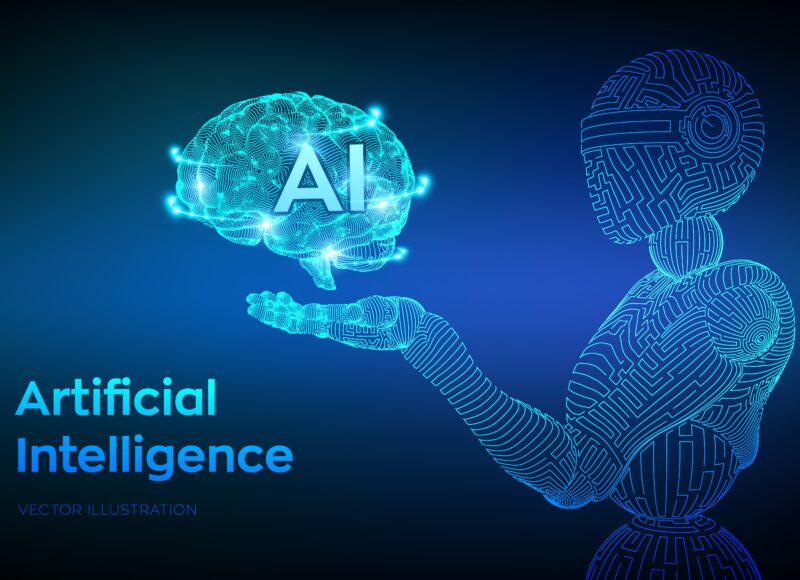Cloud computing is a model that provides on-demand access to a shared pool of computing resources, such as servers, storage, databases, and applications, over the internet. Instead of owning and maintaining physical servers or data centers, organizations and individuals can leverage cloud services, allowing them to scale resources up or down based on their needs, only paying for what they use. This flexibility makes cloud computing highly efficient and cost-effective, especially for businesses with fluctuating or unpredictable demands.
There are three primary cloud service models: Infrastructure as a Service (IaaS), Platform as a Service (PaaS), and Software as a Service (SaaS). IaaS provides virtualized computing resources like servers and storage, which users can manage remotely. PaaS offers a platform for developers to build, test, and deploy applications without worrying about underlying infrastructure. SaaS delivers software applications over the internet, enabling users to access programs through a web browser without installing or maintaining them on local devices. These models help businesses find solutions tailored to their specific needs, enhancing productivity, collaboration, and innovation.
Cloud computing also offers benefits like data backup, disaster recovery, and remote access, enabling employees to work from anywhere. It has transformed industries by accelerating digital transformation, enabling advanced technologies such as artificial intelligence, machine learning, and data analytics. However, challenges remain, including security concerns, data privacy, and compliance issues, which providers address with advanced encryption, multi-factor authentication, and strict compliance protocols. As the demand for flexible, scalable computing continues to grow, cloud computing remains at the forefront of technological evolution, reshaping the way we live, work, and do business.
Topics of Course
-
1.1 – Introduction to Cloud Computing
-
1.2 – What is Cloud Computing?
-
1.3 – Key Characteristics of Cloud Computing
-
1.4 – Cloud Computing Service Models (IaaS, PaaS, SaaS)
-
1.5 – Cloud Computing Deployment Models (Public, Private, Hybrid)
-
1.6 – Benefits of Cloud Computing
-
1.7 – Challenges and Risks of Cloud Computing
-
1.8 – Cloud Computing Adoption Trends
-
1.9 – Cloud Computing Use Cases
-
1.10 – The Future of Cloud Computing
-
2.1 – Cloud Computing Fundamentals
-
2.2 – What is Cloud Computing?
-
2.3 – Key Characteristics of Cloud Computing
-
2.4 – Cloud Computing Service Models (IaaS, PaaS, SaaS)
-
2.5 – Cloud Computing Deployment Models (Public, Private, Hybrid, Community)
-
2.6 – Benefits of Cloud Computing
-
2.7 – Challenges and Risks of Cloud Computing
-
2.8 – Cloud Computing Security Considerations
-
2.9 – Cloud Computing Adoption and Migration Strategies
-
2.10 – Future Trends and Innovations in Cloud Computing
-
3.1 – Cloud Architecture and Components
-
3.2 – What is Cloud Computing?
-
3.3 – Benefits of Cloud Computing
-
3.4 – Cloud Service Models
-
3.5 – Infrastructure as a Service (IaaS)
-
3.6 – Platform as a Service (PaaS)
-
3.7 – Software as a Service (SaaS)
-
3.8 – Cloud Deployment Models
-
3.9 – Public Cloud
-
3.10 – Private Cloud
-
4.1 – Cloud Storage and Data Management
-
4.2 – What is Cloud Storage?
-
4.3 – Benefits of Cloud Storage
-
4.4 – Types of Cloud Storage Services
-
4.5 – Cloud Storage Providers
-
4.6 – Data Backup and Recovery in the Cloud
-
4.7 – Cloud Storage Security and Compliance
-
4.8 – Integrating Cloud Storage with Enterprise Systems
-
4.9 – Cloud Storage Pricing and Cost Optimization
-
4.10 – Hybrid Cloud Storage Solutions
-
5.1 – Introduction to Cloud Security
-
5.2 – What is Cloud Computing?
-
5.3 – Benefits of Cloud Computing
-
5.4 – Risks and Challenges in Cloud Computing
-
5.5 – Cloud Security Fundamentals
-
5.6 – Cloud Security Shared Responsibility Model
-
5.7 – Identity and Access Management in the Cloud
-
5.8 – Data Security in the Cloud
-
5.9 – Network Security in the Cloud
-
5.10 – Compliance and Regulatory Considerations
-
6.1 – Introduction to Cloud Networking and Connectivity
-
6.2 – What is Cloud Computing?
-
6.3 – Benefits of Cloud Networking
-
6.4 – Cloud Network Architecture
-
6.5 – Cloud Connectivity Options
-
6.6 – Hybrid Cloud Networking
-
6.7 – Multi-Cloud Networking
-
6.8 – Cloud Network Security
-
6.9 – Cloud Network Monitoring and Management
-
6.10 – Cloud Network Scalability and Elasticity
-
7.1 – Introduction to Cloud Deployment and Automation
-
7.2 – What is Cloud Computing?
-
7.3 – Benefits of Cloud Computing
-
7.4 – Cloud Deployment Models
-
7.5 – Infrastructure as a Service (IaaS)
-
7.6 – Platform as a Service (PaaS)
-
7.7 – Software as a Service (SaaS)
-
7.8 – Cloud Automation Concepts
-
7.9 – Configuration Management Tools
-
7.10 – Continuous Integration and Continuous Deployment (CI/CD)
-
8.1 – Cloud Cost Management
-
8.2 – Understanding Cloud Computing
-
8.3 – Challenges in Cloud Cost Management
-
8.4 – Importance of Cloud Cost Optimization
-
8.5 – Strategies for Cloud Cost Optimization
-
8.6 – Monitoring and Reporting Cloud Costs
-
8.7 – Rightsizing Cloud Resources
-
8.8 – Leveraging Cloud Cost Management Tools
-
8.9 – Automating Cloud Cost Management
-
8.10 – Optimizing Cloud Storage and Data Transfer Costs
-
9.1 – Basics of Cloud Application Development
-
9.2 – What is Cloud Computing?
-
9.3 – Key Characteristics of Cloud Computing
-
9.4 – Cloud Service Models (IaaS, PaaS, SaaS)
-
9.5 – Cloud Deployment Models (Public, Private, Hybrid)
-
9.6 – Benefits of Cloud Application Development
-
9.7 – Challenges of Cloud Application Development
-
9.8 – Cloud Application Architecture
-
9.9 – Microservices and Containerization
-
9.10 – Serverless Computing
-
10.1 – Future Trends in Cloud Computing
-
10.2 – Increasing Adoption of Hybrid and Multi-Cloud Architectures
-
10.3 – Growth of Edge Computing and the Internet of Things (IoT)
-
10.4 – Advancements in Serverless Computing and Function-as-a-Service
-
10.5 – Expansion of Artificial Intelligence and Machine Learning in the Cloud
-
10.6 – Emergence of Quantum Computing and its Impact on Cloud Services
-
10.7 – Increased Focus on Sustainability and Green Cloud Computing
-
10.8 – Advancements in Cloud Security and Data Privacy Measures
-
10.9 – The Rise of Cloud-Native Applications and Microservices
-
10.10 – Conclusion and Key Takeaways




